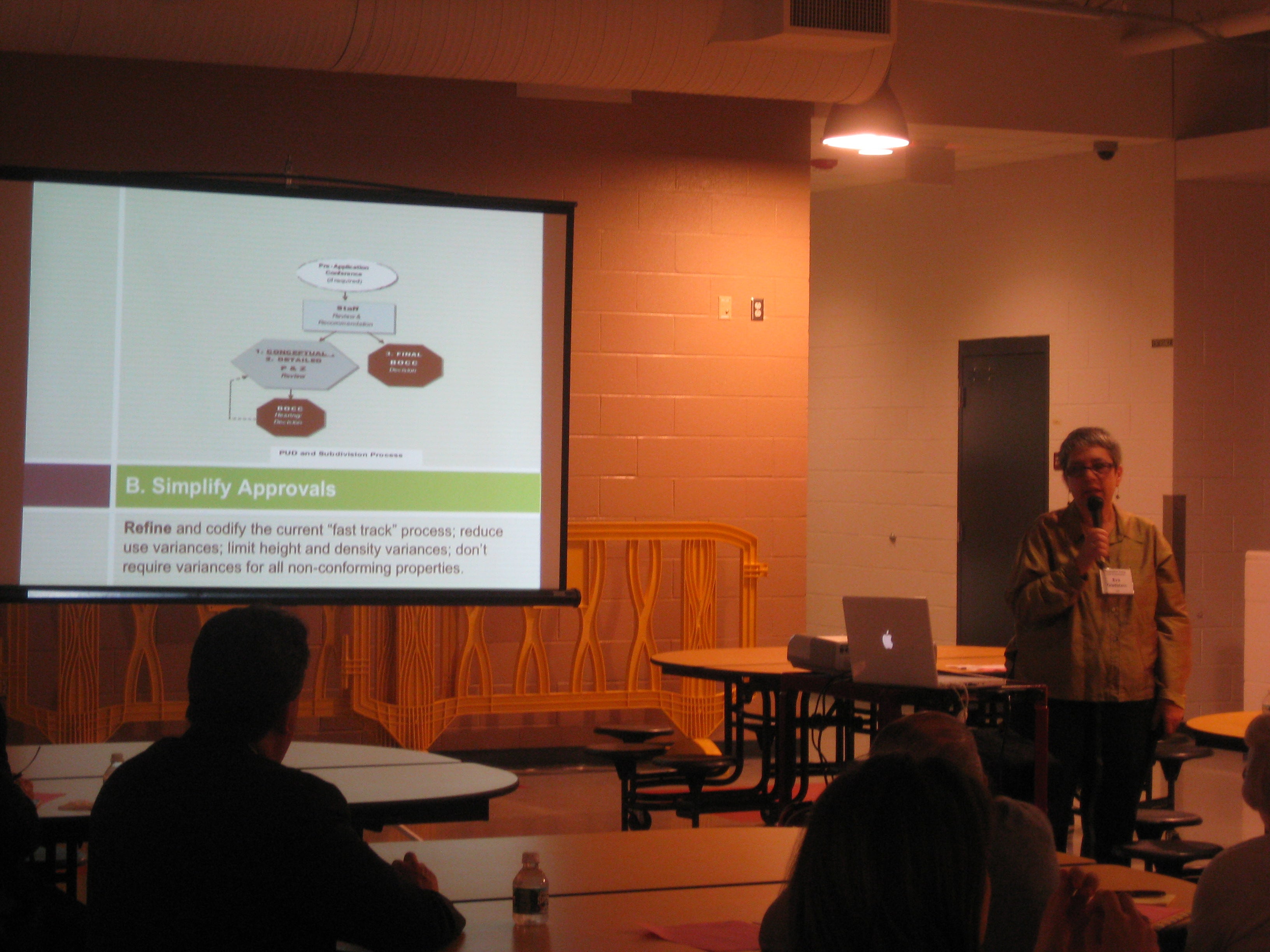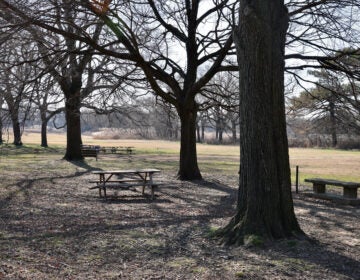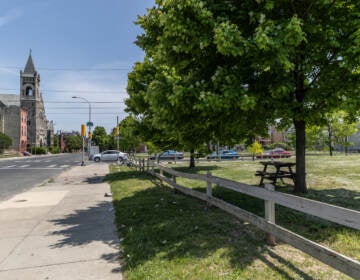Recap of last night’s Zoning Code Reform Project meeting

Roughly 10 people gathered in Lincoln High School’s cafeteria last night to participate in a city-sponsored meeting for the Zoning Code Reform Project.
Among the attendees were community leaders from Mayfair, Holmesburg and Upper Holmesburg and councilmen Brian O’Neill and Frank Rizzo. Members of the Zoning Code Committee attributed the low turnout — they expected up to 80 people — to the inclement weather and game one of the World Series.
Themes of Change
Attendees at the Zoning Code Reform meeting were asked to rate the importance of the following themes.
A. Facilitate public involvement
B. Simplify approvals
C. Simplify base districts
D. Simplify overlay districts
E. Protect neighborhoods
F. Promote quality & design
G. Promote sustainability
H. Improve readability & organization
O’Neill, who is on the Zoning Code Committee, said that among the goals of the commission, the following are especially relevant and important to the Northeast:
- Trying to modernize the code for older areas. Some neighborhoods used to have industrial centers that no longer exist, and codes need to reflect those changes.
- Improving the code and making it more readable by including illustrations, and simplifying and shortening the code book.
- Reducing the number of cases that go before the Zoning Board. Fifty-one percent of those are use variances, which are not permitted in most other large U.S. cities.
Eva Gladstein, director of the Zoning Code Committee, then took the mic to begin her presentation and explain the format of the meeting, which, she announced, was shortened due to game one of the World Series.
Divided into three phases, Gladstein said the goal of the committee is to familiarize people with the suggested new codes and get feedback from community members. The committee is currently wrapping up Phase 1, which involves taking recommendations from the public. The second phase, expected to begin in June 2010, will mean rewriting the codes to reflect the suggestions from the community. Phase 3, set for 2011, involves remapping the city in accordance with the newly proposed codes.
Last night’s meeting was one of many, which include two public hearings, 25 meetings and 10 community-based sessions with about 550 neighborhood leaders in attendance, according to numbers from Gladstein’s presentation.
Following the end of Phase 1, the Zoning Code Committee will take time to consider the proposed changes before holding meetings with more narrow focus in February, April and July. Next Fall, the committee will present its finalized revisions to the City Planning Committee, and then to City Council. It will be up to the council whether to approve the changes.
Below watch Gladstein speak to the small audience about eventually reducing the number of the city’s zoning districts.
WHYY is your source for fact-based, in-depth journalism and information. As a nonprofit organization, we rely on financial support from readers like you. Please give today.





